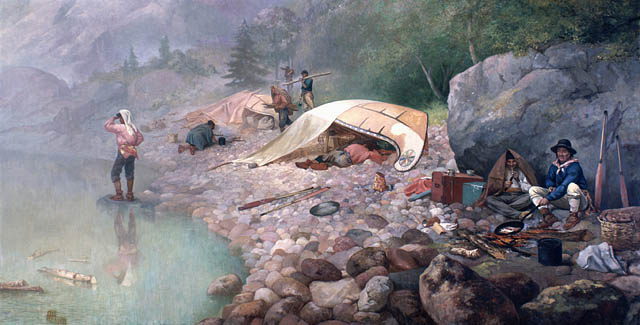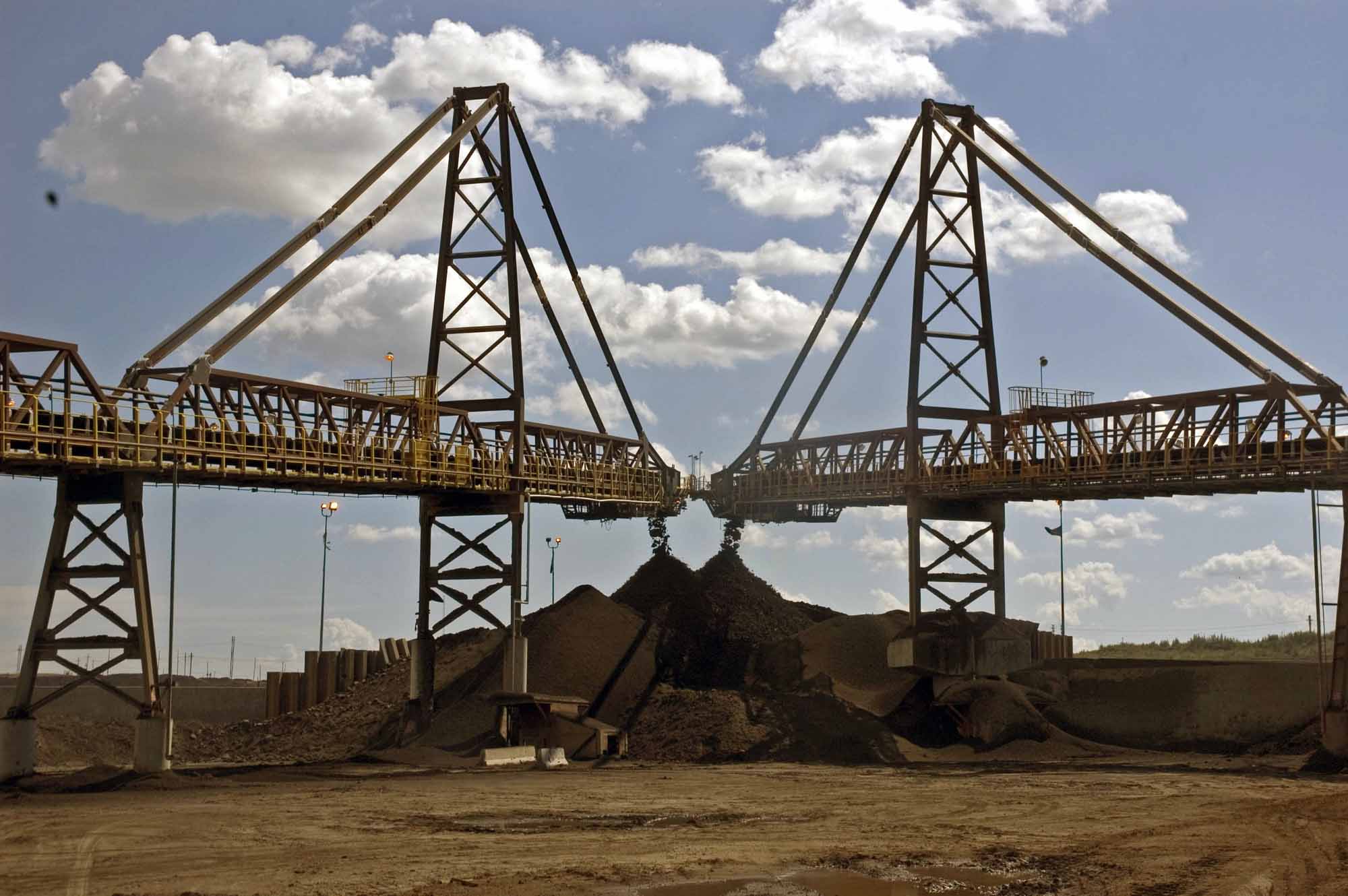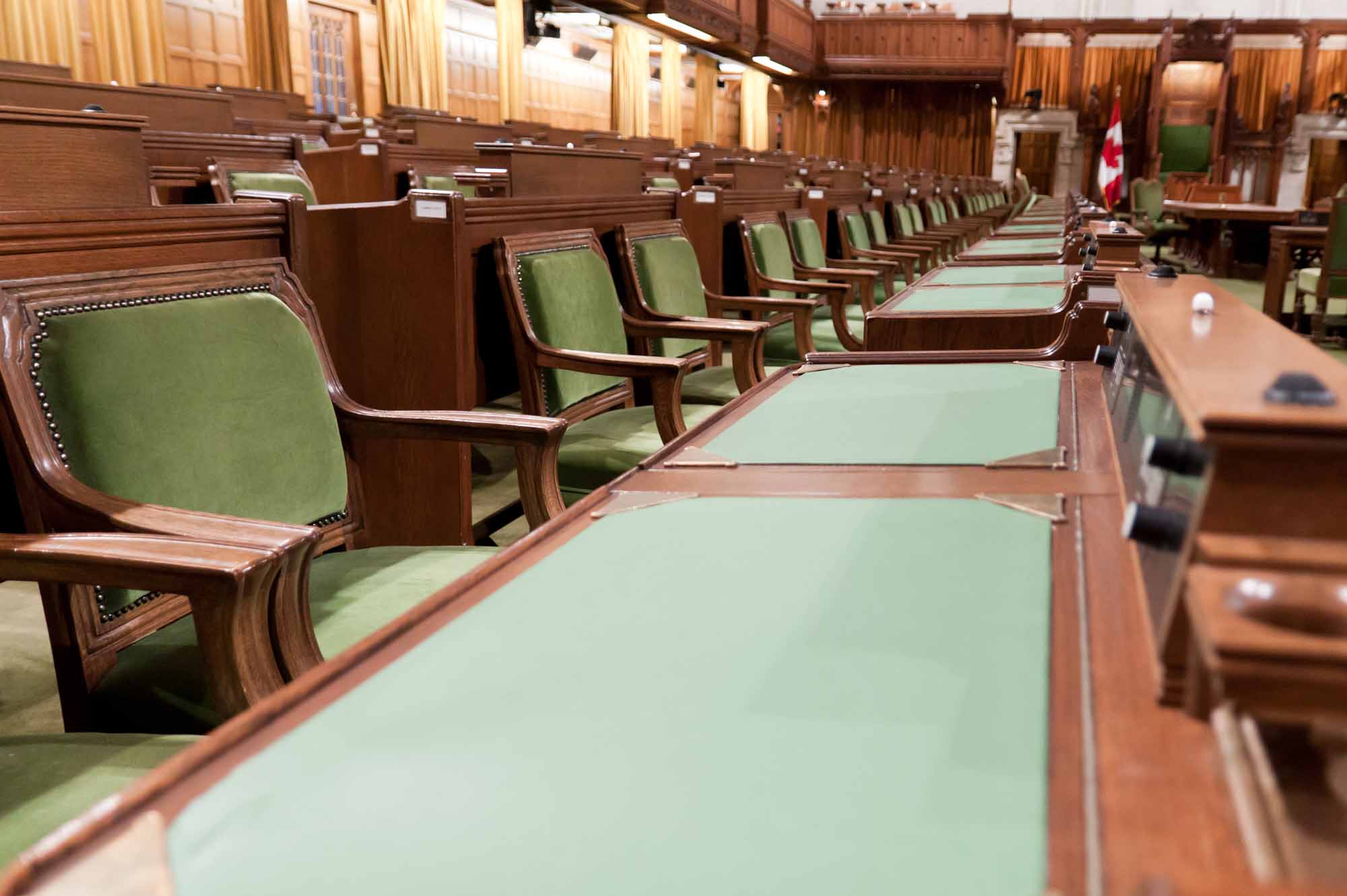Article
Droulers-Tsiionhiakwatha Archaeological Site
The Droulers-Tsiionhiakwatha archaeological site is located in extreme southwest Québec, in Saint-Anicet in the Haut-Saint-Laurent area.

Enter your search term
Signing up enhances your TCE experience with the ability to save items to your personal reading list, and access the interactive map.
Create AccountArticle
The Droulers-Tsiionhiakwatha archaeological site is located in extreme southwest Québec, in Saint-Anicet in the Haut-Saint-Laurent area.
"https://d3d0lqu00lnqvz.cloudfront.net/media/media/9a4f5824-4fef-4ee0-8b04-92257d768832.jpg" // resources/views/front/categories/view.blade.phphttps://d3d0lqu00lnqvz.cloudfront.net/media/media/9a4f5824-4fef-4ee0-8b04-92257d768832.jpg

Article
A duel is a formal armed combat between 2 people in the presence of witnesses, to settle differences or a point of honour.
"https://www.thecanadianencyclopedia.ca/images/tce_placeholder.jpg?v=e9dca980c9bdb3aa11e832e7ea94f5d9" // resources/views/front/categories/view.blade.phphttps://www.thecanadianencyclopedia.ca/images/tce_placeholder.jpg?v=e9dca980c9bdb3aa11e832e7ea94f5d9

Macleans
Dumpy, balding and bespectacled, he did not look like a demonic angel of death.This article was originally published in Maclean's Magazine on March 25, 1996
"https://www.thecanadianencyclopedia.ca/images/tce_placeholder.jpg?v=e9dca980c9bdb3aa11e832e7ea94f5d9" // resources/views/front/categories/view.blade.phphttps://www.thecanadianencyclopedia.ca/images/tce_placeholder.jpg?v=e9dca980c9bdb3aa11e832e7ea94f5d9

Article
In 1838, the British politician Lord Durham was sent to British North America to investigate the causes of the rebellions of 1837–38 in the colonies of Upper and Lower Canada. Durham's famous Report on the Affairs of British North America (1839) led to a series of reforms and changes. These included uniting the two Canadas into a single colony, the Province of Canada, in 1841. (See also: Act of Union.) The report also paved the way for responsible government. This was a critical step in the development of Canadian democracy. The report played an important role in the evolution of Canada’s political independence from Britain.
"https://d3d0lqu00lnqvz.cloudfront.net/media/media/65ee2cc4-fcf5-4663-b8d2-f9ce30422a92.jpg" // resources/views/front/categories/view.blade.phphttps://d3d0lqu00lnqvz.cloudfront.net/media/media/65ee2cc4-fcf5-4663-b8d2-f9ce30422a92.jpg

Article
The economic history of what is now Canada begins with the hunting, farming and trading societies of the Indigenous peoples. Following the arrival of Europeans in the 16th century, the economy has undergone a series of seismic shifts, marked by the early Atlantic fishery, the transcontinental fur trade, then rapid urbanization, industrialization and technological change. Although different industries have come and gone, Canada’s reliance on natural resources — from fur to timber to minerals to oil, and on export markets for these commodities, particularly the United States — has underpinned much of the economy through the centuries and does so still in many regions today.
"https://d3d0lqu00lnqvz.cloudfront.net/media/media/30416a6f-5846-430d-9621-dbd0ce22e17e.jpg" // resources/views/front/categories/view.blade.phphttps://d3d0lqu00lnqvz.cloudfront.net/media/media/30416a6f-5846-430d-9621-dbd0ce22e17e.jpg

Article
Nova Scotia, Prince Edward Island, New Brunswick and Newfoundland constitute the Atlantic provinces of Canada, a region that in 2016 accounted for 6 per cent of Canada’s gross domestic product (GDP). The economic history of what is now Atlantic Canada begins with the hunting, farming and trading societies of the Indigenous peoples. Following the arrival of Europeans in the 16th century, the economy has undergone a series of seismic shifts, marked by the early Atlantic fishery, the transcontinental fur trade, then rapid urbanization, industrialization and technological change.
"https://d3d0lqu00lnqvz.cloudfront.net/media/media/1c5bff08-0848-45ad-a132-880e22ac3515.jpg" // resources/views/front/categories/view.blade.phphttps://d3d0lqu00lnqvz.cloudfront.net/media/media/1c5bff08-0848-45ad-a132-880e22ac3515.jpg

Article
Ontario and Quebec constitute Central Canada, a region that accounts for over 58 per cent of Canada’s gross domestic product (GDP). The economic history of the region begins with the hunting, farming and trading societies of the Indigenous peoples. Following the arrival of Europeans in the 16th century, the economy has undergone a series of seismic shifts, marked by the transcontinental fur trade, then rapid urbanization, industrialization and technological change.
"https://d3d0lqu00lnqvz.cloudfront.net/media/media/2a01defb-42f2-4ad3-b7f1-cf7966378002.jpg" // resources/views/front/categories/view.blade.phphttps://d3d0lqu00lnqvz.cloudfront.net/media/media/2a01defb-42f2-4ad3-b7f1-cf7966378002.jpg

Article
Manitoba, Saskatchewan, Alberta and British Columbia constitute Western Canada, a region that accounts for 35 per cent of the Canada’s gross domestic product (GDP). The economic history of the region begins with the hunting, farming and trading societies of the Indigenous peoples. Following the arrival of Europeans in the 18th century, the economy has undergone a series of seismic shifts, marked by the transcontinental fur trade, then rapid urbanization, industrialization and technological change.
"https://d3d0lqu00lnqvz.cloudfront.net/media/media/804ad87a-c2a5-4d29-814e-542e786b1778.jpg" // resources/views/front/categories/view.blade.phphttps://d3d0lqu00lnqvz.cloudfront.net/media/media/804ad87a-c2a5-4d29-814e-542e786b1778.jpg

Article
The following article is an editorial written by The Canadian Encyclopedia staff. Editorials are not usually updated.
"https://d3d0lqu00lnqvz.cloudfront.net/media/media/637eb1d3-70a0-4599-a8f5-04361d05bebd.jpg" // resources/views/front/categories/view.blade.phphttps://d3d0lqu00lnqvz.cloudfront.net/media/media/637eb1d3-70a0-4599-a8f5-04361d05bebd.jpg

Article
The following article is an editorial written by The Canadian Encyclopedia staff. Editorials are not usually updated.
"https://d3d0lqu00lnqvz.cloudfront.net/media/media/e90e0bdd-a0d0-4752-8a94-52946de0b4d9.jpg" // resources/views/front/categories/view.blade.phphttps://d3d0lqu00lnqvz.cloudfront.net/media/media/e90e0bdd-a0d0-4752-8a94-52946de0b4d9.jpg

Article
In 1917, Canadians went to the polls on an issue that was literally one of life and death. The federal election of 1917, fought over the issue of conscription during the First World War, deeply divided French and English Canada.
"https://d3d0lqu00lnqvz.cloudfront.net/media/media/6a9bae9d-edd9-4ca5-a3b3-b1572b7d034b.jpg" // resources/views/front/categories/view.blade.phphttps://d3d0lqu00lnqvz.cloudfront.net/media/media/6a9bae9d-edd9-4ca5-a3b3-b1572b7d034b.jpg

Macleans
Among political strategists, it is sometimes known as "the barbecue factor": the manner in which a once-hot candidate ends up cooked on election day. The principal example, one that many of Prime Minister Jean Chrétien's strategists recall with a shudder, is former Ontario Liberal leader Lyn McLeod.This article was originally published in Maclean's Magazine on May 26, 1997
"https://www.thecanadianencyclopedia.ca/images/tce_placeholder.jpg?v=e9dca980c9bdb3aa11e832e7ea94f5d9" // resources/views/front/categories/view.blade.phphttps://www.thecanadianencyclopedia.ca/images/tce_placeholder.jpg?v=e9dca980c9bdb3aa11e832e7ea94f5d9

Article
The following article is an editorial written by The Canadian Encyclopedia staff. Editorials are not usually updated.
"https://d3d0lqu00lnqvz.cloudfront.net/media/media/b82af0bf-c28c-4f44-be97-09df6c7f769a.jpg" // resources/views/front/categories/view.blade.phphttps://d3d0lqu00lnqvz.cloudfront.net/media/media/b82af0bf-c28c-4f44-be97-09df6c7f769a.jpg

Article
The following article is an editorial written by The Canadian Encyclopedia staff. Editorials are not usually updated.
"https://d3d0lqu00lnqvz.cloudfront.net/media/media/d024c85f-684d-4895-bde2-37d4f64620e5.jpg" // resources/views/front/categories/view.blade.phphttps://d3d0lqu00lnqvz.cloudfront.net/media/media/d024c85f-684d-4895-bde2-37d4f64620e5.jpg

Article
The following article is an editorial written by The Canadian Encyclopedia staff. Editorials are not usually updated. Calling elections is like Goldilocks visiting the three bears — which political stew will turn out to be too soon, too late, or just right? The elections of 1979 and 1980 illustrate the perils of too late, followed by too soon.
"https://d3d0lqu00lnqvz.cloudfront.net/media/media/94d33b59-7a6c-4ea2-9fb1-b4b57e3be842.jpg" // resources/views/front/categories/view.blade.phphttps://d3d0lqu00lnqvz.cloudfront.net/media/media/94d33b59-7a6c-4ea2-9fb1-b4b57e3be842.jpg
